Introduction
Have you ever asked yourself: “How are the Tembos, the Mayovus, the Nyonis, and the Bandas related?” You might have a good idea if you are more than fifty years old and lived in the village in Lundazi at one time. But if you are an independence baby who was born sometime after 1964 or never lived in the village for a long time, you may have a very limited idea regarding how we are related. Over the last seven years, (from 1988 to1994) I have conducted interviews with a number of our elders to record how the history of the kinship relationships occurred. The first interviews occurred after the funeral of the late Calistus Mayovu in November 1988. My aunt, the late aTirabirenji Tembo (died in 1992) and aNya Chitima came to our house in Handsworth court and spent about two hours. The second interviews took place on Sunday July 12, 1996, at Zibalwe Village with my father Sani Zibalwe Tembo and Dikilani Mayovu.

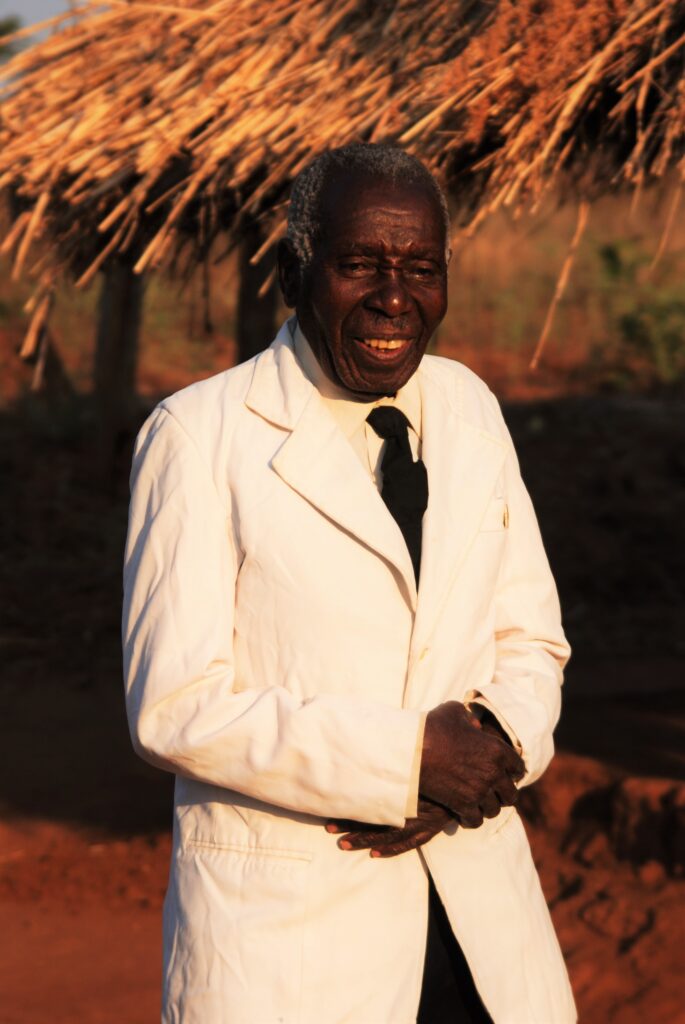
There are three main parts to this description. The first is a general summary of how and when our ancestors came to the area that now occupies Ciroba (Bandas), Zibalwe(Tembos), and Seleta(Mayovus). The second part will be a systematic description of all the relatives; who married who, when, and where they lived and the villages. The last part will be a discussion of the future of the Tembo, Mayovu, Nyoni, and Banda kinship bond connections, why you should care about our kinship history, and what you can do.
The History
During the second half of the 19th century (1850 to 1900) the Ngoni people had a tremendous impact on the lives of the people of Southern Africa. As Mzilikazi fled north from Chaka, the fierce Emperor of the Zulu people in Natal in South Africa, no one would have guessed that those events would eventually affect the Tembos’, Mayovus’, Nyonis’, and Bandas’. As the Ngoni tribes migrated north they fought, conquered, and incorporated many indigenous peoples into the Ngoni influence. Groups of the Ngoni tribes migrated through Zimbabwe, Mozambique through Malawi to Southern Tanzania and eventually came back and settled in the present Chief Mberwa in Northern Malawi.
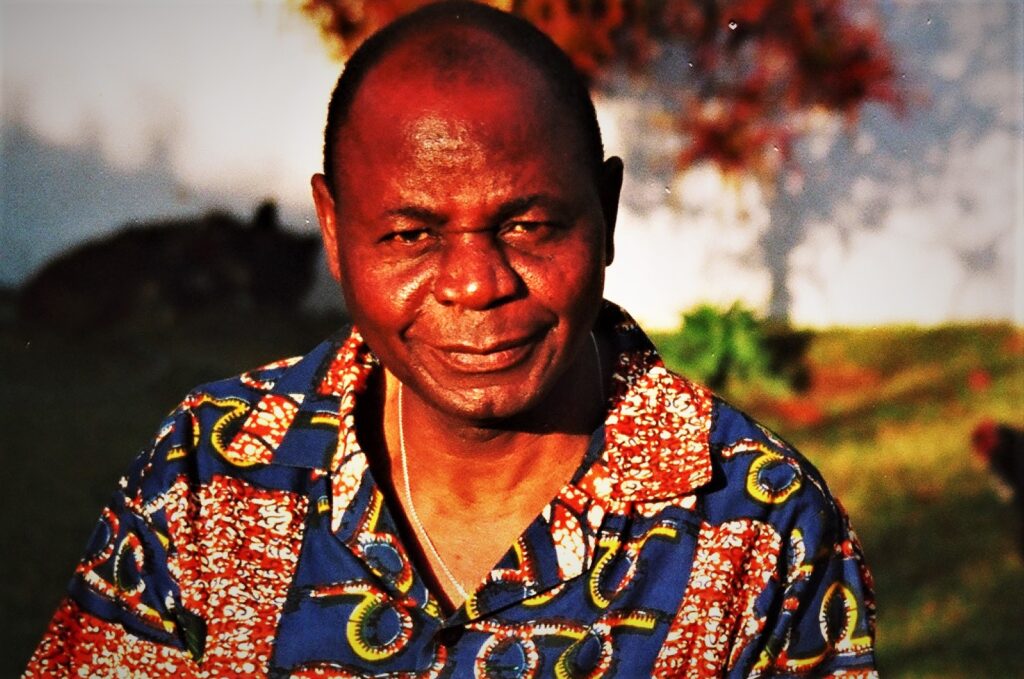
Before I describe what happened next, it is very important that you realize that in the 1860s, 1870s, and 1880s, the present border that separates the Tumbukas in Lundazi did not exist. Once the Ngoni settled in an area, they had the policy of sending what were known as Impis to survey surrounding territory to determine who was there and whether they could be incorporated into the Ngoni Kingdoms or jurisdictions.
It was in this context that Zwangendaba, from the present Chief Mberwa’s area, sent Impis to explore the area which now is settled by the Tembos, Mayovus, Nyonis, and Bandas i.e. Zibalwe, Ciroba, Bilapacande and Seleta.
Although African traditional societies did not keep calendars as known today, events that are described seem to have happened between 1850 and the 1920s.
THE KINSHIP HISTORY
The Tembo, Mayovu, Nyoni, and Banda dynasty of kinship relationship are traced back to Ciroba Village where two women who were sisters; Ziryeci Phiri and Mgonkha Phiri. Ziryeci was the older sister and her umbilical cord name was Nthembo and Mgonkha was the younger sister.
Ziryeci Phiri married a Ngoni Impi from Kasungu in present day Malawi[1]. His name was Holoholo Bilima. The couple gave birth to a daughter whose name was Gabani “Bilima. Gabani Bilima first got married to a man by the name of Kwamthiba Manda. They had one child; a daughter by the name Kabuthu (Vayeya) Manda (My father’s mother). It is not known what happened to this marriage. They may have divorced, separated or widowed. Gabani Bilima was married for the second time to a man by the name of Makanyanga Mayovu. Gabani Bilima and Makanyanga Mayovu had four children; Yohane (John) Yamise Mayovu (son), Movete Mayovu (son) daughter aNyacitima?, Fani Mayovu (daughter), and the last born David Mayovu who is said to have been very cruel and so disobedient that he refused to be sent on errands by elders.
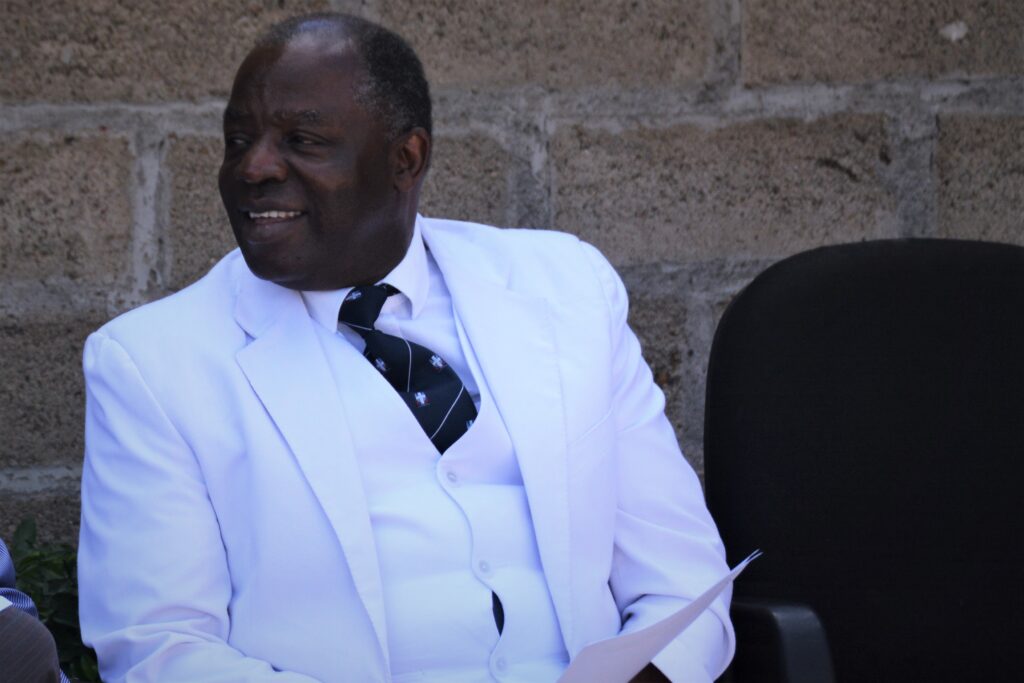
Yohane (John) Mayovu married three wives. The first wife was Jesi Nya Banda and had five children with her; Dickson (Dikirani) Mayovu (son), Noah (Kaswatu) Mayovu (son), Elija (Awise Binkhe) Mayovu (son), Fani Mayovu (daughter), and Lyson Mayovu.
The second wife was Leya Zimba (Mtuma). He had only one child with her; Langford Mayovu (son). Awise Fwanipo.
The third wife was Dolase Nya Zimba who had three children; Elevasi Mayovu (daughter), Joseph John Mayovu (JJ) (son), and Mazghanga Mayovu (daughter).
Mgonkha Phiri married a man who was a Ngoni Impi by the name of Seleta Nyoni. He left many other Nyonis in Malawi near Kasungu. The couple had two sons; Andreya Curazeru (Chiwurazeru) Nyoni and Yofete Zemba Nyoni. These two had tremendous influence on my father. Curazeru and Zemba are names that I constantly heard when my father described his youth and formative years growing up at Seleta Village. These are people who had tremendous wisdom steeped in Tumbuka traditions.
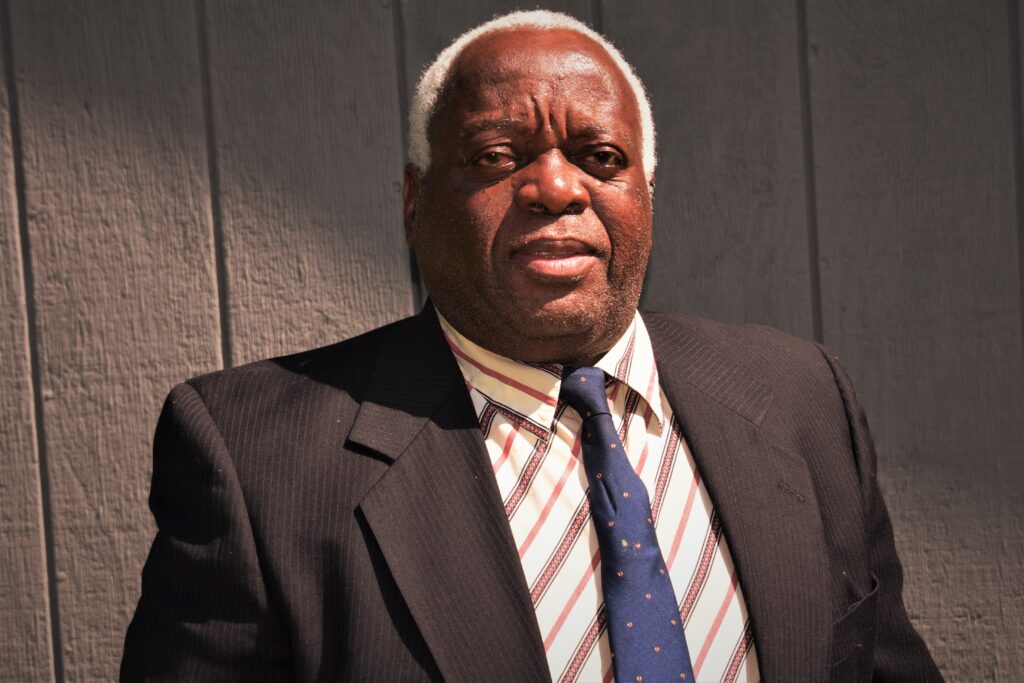
Curazeru married three wives. The first wife’s name was Masitele whose marriage was through chokolo as Curazeru’s kin brother had died. Curazeru had five children with his first wife Masitele; Saini Nyoni (son), Leya (Mtuma) nya Nyoni (daughter), Visi (Amose) Nyoni (son), (he is married in Zimbabwe and has two wives) Sara (Faginala) Nyoni (daughter) married John Benga Senior – Nya Banda UTH, John Banda (Benga Junior), and the last child Curazeru had with this wife was Selina Nyoni (daughter).
The second wife was Nyarozghe Banda. Curazeru had two sons with this wife; Kakoba Nyoni (son) now of Bilapacande Village (Matambe), and Edward Nyoni (Harrison Nyoni). Curazeru had several children with his third wife. But they all died. The wife died childless.
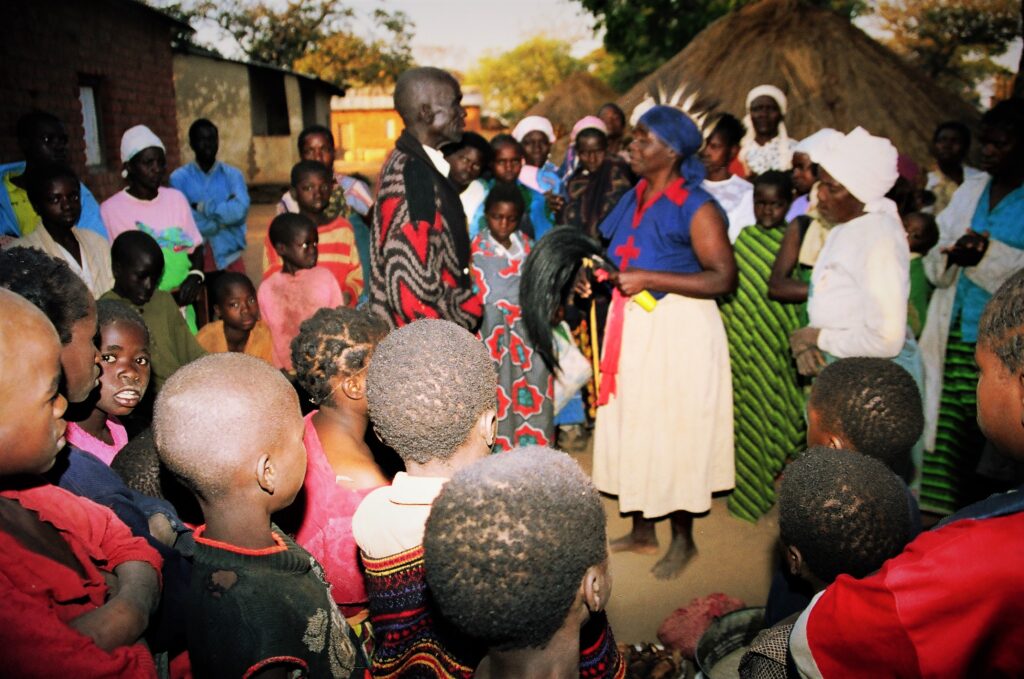
Yofete Zemba Nyoni married two wives. The first wife was Pamkeya Carumako who had four children; Fage Mtamandanji Nyoni (daughter), Emeli Nyoni (daughter), Rebeka Nyoni (Ovase Banda’s mother), Machona Nyoni (son) Luka’s father.
The second wife was Guske Matimba who had three children; Phikisoni Nyoni (son), Yaunda Nyoni (daughter), and Tafwanji Njabene Nyoni (daughter).
Zibalwe Tembo
Chief Magodi was sent by Zwangendaba to establish a kingdom. He was given several Ngoni Impis to accompany the chief. Mumbwe Tembo was one of the many young members of the Impis assigned to accompany the Chief. In the 1870s Mumbwe Tembo married a woman Mwaziona Mkamanga. The couple had only one child a son whose name was Zibalwe Tembo. The young boy Zibalwe Tembo was old enough to go to the First World War in 1918 but only as a carrier of ammunition. This means he may have been between sixteen to eighteen years old.
After Mumbwe Tembo died, Mwaziona was Chokoloed (married by Mumbwe’s closest brother or male kin). Mwaziona got married for the second time to Msimuko. Mwaziona had three children; Maggy Msimuko (daughter), Phangisa Msimuko (daughter), and Ruth Msimuko (daughter). The Msimuko who married Mwaziona came to Zibalwe Village with other Msimukos who were children from another marriage; Jeremani Msimuko (son), and Vitengwerechi Msimuko (daughter). Zibalwe Tembo gave lobola for the marriages for the Msimukos.
Ruth Msimuko gave birth to a Nyamswesi and John Rundu.
Bina Manda (the Mandas) and Mwandila were given birth by Phangisa Msimuko.
Bina Ngulube (the Ngulubes) was given birth by Maggy Msimuko.
Zibalwe Tembo had three wives. The first wife was Mkhuta Nyanga (Chona in Malawi and had one child Pyera Tembo). She had five children?; Mateyo Tembo (son), Lizi Tembo ( daughter), Paulosi Tembo (son); were twins but one of them died. Sinele Tembo (daughter), Sajeni Tembo (son) he lived in Johannesburg in South Africa for more than twenty years. Returned to Zambia in the early 1970s and died in Kitwe. He is believed to have left a wife and grown children in South Africa.
The second wife was Kabuthu Vayeya Manda who had three children. Njiramanda Tembo (son). As a grown man he simply disappeared one day without a trace. Tangu (Edesi) Tirabirenji Tembo (daughter), were born twins but one died. The last born was Sani Tembo (born in 1924) who was born in an unusual way Chavunama. He was born face down which was believed not to be normal.
The third wife was Tinkhira Maso. She married Zibalwe Tembo a much older woman. She had no children. Her maiden name was Tinkhiramaso Tembo. But Zibalwe changed her last name or chiwongo to Phiri. This was because Zibalwe did not want to look like he had married his sister.
CHIROBA was a very big village
Holoholo Bilima married another woman whose last maiden name was Banda. He had a daughter, Jeni Nya Bilima who married Banda of Luzi village and the couple gave birth to Lameck Banda from Msuka Village. Ciroba had many clans. Counting only the heads of clans.
- Nyoni
- Bilima
- Nkhoma
- Kacali
- Nthaka
- Cidambo Nthaka
- Jeremani Banda
- Filimoni Kanyinji
Children had children and the village at one time could easily have had more than five hundred people.
ZIBALWE Village was also big. It had such clans as:
- Tembo
- Msimuko
- Mkamanga
- Chulu
- Nyirenda
- Banda – Boyole
- Nyirongo
- Chungu
- Msuka
- Mbale
- Mvula
- Chima
- Phiri
In 1923 there were only three villages near present Zibalwe Village. But by 1930 villages that were near and surrounding Zibalwe were Gundu, Kapinda, Ngwata, Mthiwa, Ciroba, and Burwe.
Post Script
This brief synopsis is what I have been wanting to do for a long time. It is a very exciting project. As you can see, not everybody’s kinship relationship is identified in detail. For individuals born after 1945, we might want to identify what year and date they were born. If you know any more details, whether you are a member of this kinship network or not, please send these to me as soon as you can so that we will be able to write a more detailed genealogy.
Since the early 1960s up to this day, the village has always held a special significance in my life. As life is changing, there is an urgent need to preserve some aspects of our village roots for the future children. Please send details to:
Dr. Mwizenge S. Tembo
Bridgewater College, Box 74
Dept. of Sociology and Anthropology
Bridgewater, VIRGINIA 22812
United States of America
[1] Normally I would have found it unnecessary to explain this fact. But with the present excitement, anxiety, and controversy about who is a foreigner or indigenous Zambian leading up to the Presidential and General Elections, I am compelled to state the obvious. Prior to European colonialism and the Scramble for Africa in 1885, the present day border between Malawi and Zambia did not exist. As such our ancestors had open Virgin land on which they settled and freely explored. Europeans did such an “excellent job” in dividing us that today we squabble about who is indigenous and who is not often based on these borders which were created by European colonialists who couldn’t have cared less about our ancestors. This may be a legitimate debate today, but in the 1800s, I marvel at the reality that our ancestors must have enjoyed incredible freedom of movement as pioneers.
You can also send E-mail: [email protected]
Fax: 540-828-5479
Bridgewater College
Dept. of Sociology and Anthropology
Tembo, Mayovu, Nyoni, Banda Kinship
by
Mwizenge S. Tembo*, Ph.D.
August 19, 1996
Tel Office #540-828-5351 Home 540-828-4467 Fax #540-828-5479
E-Mail Address: [email protected]
*Mwizenge S. Tembo obtained his B. A. in Sociology and Psychology at University of Zambia in 1976, M.A., Ph.D. at Michigan State University in Sociology in 1987. He was a Lecturer and Research Fellow at the Institute of African Studies of the University of Zambia from 1977 to 1990. During this period he conducted extensive research and field work in rural Zambia particularly in the Eastern and Southern Provinces of the country. He is currently Assistant professor of Sociology at Bridgewater College in Virginia, USA.
[1] Normally I would have found it unnecessary to explain this fact. But with the present excitement, anxiety, and controversy about who is a foreigner or indigenous Zambian leading up to the Presidential and General Elections, I am compelled to state the obvious. Prior to European colonialism and the Scramble for Africa in 1885, the present day border between Malawi and Zambia did not exist. As such our ancestors had open Virgin land on which they settled and freely explored. Europeans did such an “excellent job” in dividing us that today we squabble about who is indigenous and who is not often based on these borders which were created by European colonialists who couldn’t have cared less about our ancestors. This may be a legitimate debate today, but in the 1800s, I marvel at the reality that our ancestors must have enjoyed incredible freedom of movement as pioneers.